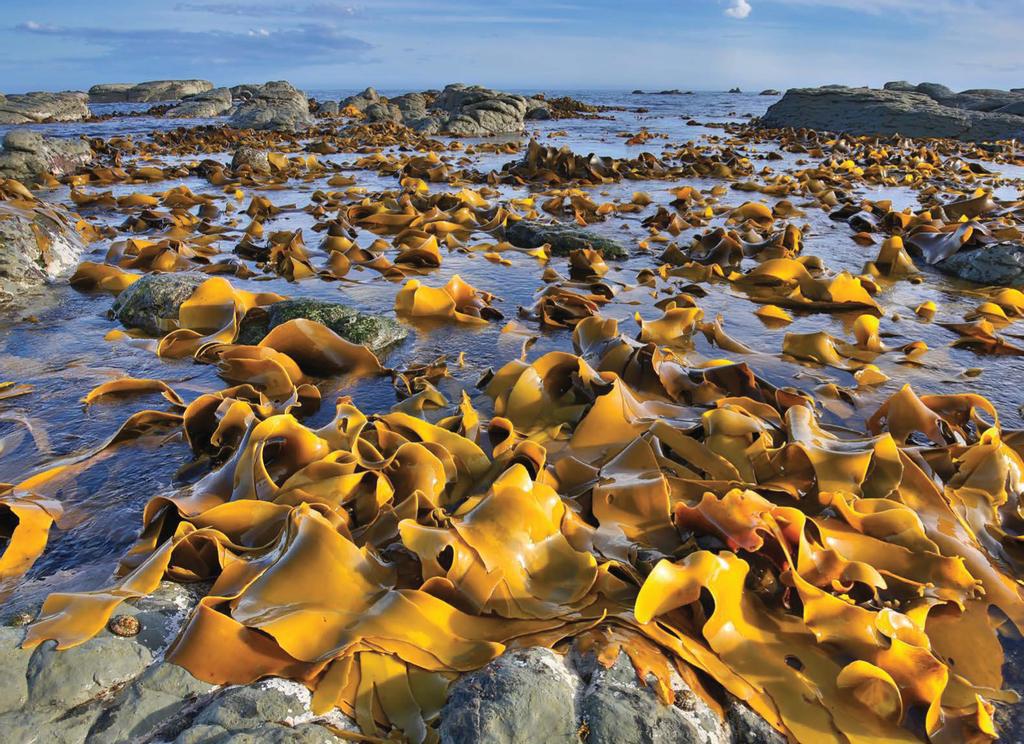
Seaweeds are Earth’s most ancient and essential organisms, originating about three and half billion years ago, and their benefits were realised thousands of years ago.
There are several thousand seaweed species, generally grouped as green, brown and red. New Zealand waters host over 900 species.
Seaweeds are simple structures but are not true plants. They’re non-flowering aquatic organisms called macroalgae; some microscopic, like free-floating phytoplankton; some huge, like giant kelps. Most attach themselves to surfaces using a holdfast and have a blade which can be divided into fronds. Larger seaweeds have a flexible stalk (stipe) between the blade and holdfast. Some brown algae, like Sargassum, are free-floating, drifting in large, island-like masses over oceans.
Growing in oceans, rivers and some lakes, seaweeds require clear sea or brackish water with good sunlight penetration for photosynthesis. Most prefer rocky shores so that they can anchor themselves.
Seaweeds contain chlorophyll for photosynthesis. Brown and red seaweeds have additional


